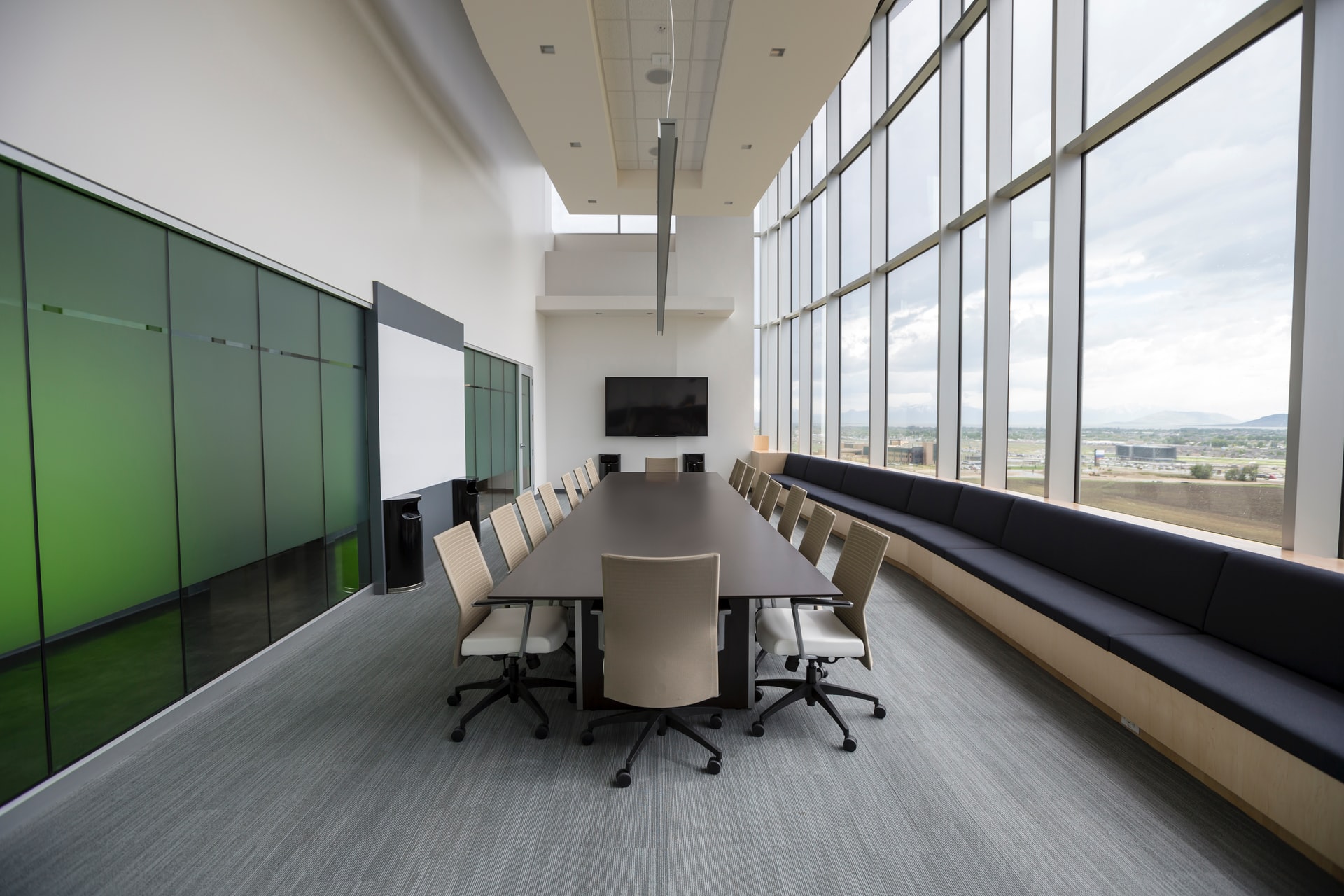
Written by guest author and 3M™ DI-NOC™ guru, Brent Williams.
When we think of sustainability in the built environment, most of us immediately think of “renewable resources only.” Products must be 100% renewable content or they will not be used. As designers, that’s what we’ve been taught. In order to meet that goal, we’ve been told that we should use sustainable products such as bamboo or hemp for virtually everything. While our founding fathers made paper out of hemp and Bamboo has been used for furnishings and accessories for centuries, renewable resources simply can’t be used in every situation. Making matters more complex, even those renewable resources can be temporarily depleted if over-specified.
The fact of the matter is that everyone in the sustainability industry knows that it is easier to build it correctly from the ground up, but what do we do with all of the existing structures, elements, and storefronts already here? These surfaces need help being brought up to speed and it isn’t always feasible to replace everything with a new, sustainable product. For example, mahogany is endangered, but what if that finish is the perfect fit for your business brand and image? You have to be creative and seek ways to compromise and move towards carbon neutrality without simply tearing down buildings, stripping out interior structures, or starting over from scratch.
In cases where you need visual transformation, 3M DI-NOC to the rescue! When it comes to architectural finishes that look and feel like high-end wood surfaces, 3M has knocked it out of the park. DI-NOC finishes are also available in various metal surfaces, soft good looks like suede & leather, and many more.
Perhaps you are asking, “Why wouldn’t you just use the real deal?” There are several reasons. 3M DI-NOC architectural finishes can benefit us in a number of key situations where natural resources cannot.
Surface Pliability
DI-NOC architectural finishes make it simple to surface “hard-to-refinish” products. DI-NOC’s pliability allows almost any hard and non-porous surface to be completely transformed, quickly, cleanly, and quietly. From surfaces like desks to large beams or other interior elements, DI-NOC architectural finishes can replace the surface of almost anything, replicating the look and feel of over 1000 various finishes.
What this means to you as a designer is that you can refinish these surfaces in almost any aesthetic you can imagine instead of simply throwing those components away. An outdated desk or faded table can be effortlessly re-imagined in metal surfaces that are all the rage in the current design environment, without the cost of a rebuild or new fabrication. Prefer leather or suede as your surface finish? 3M has those and many more…and they can be used in situations where you simply cannot use the traditional version. Choices available in wood finishes include the widely-popular maple and the rich, irreplaceable look of real mahogany.
That’s part of its brilliance. You may not be able to find, much less afford an existing mahogany conference table, yet, you can have one for a fraction of the cost by refinishing a piece that you already have. DI-NOC is an incredibly cost-effective solution to interior design, particularly for businesses.
Durability
Perhaps the most impressive DI-NOC feature is its durability. This product is incredibly strong, durable, and resilient when compared to traditional surface finishes. Instead of having to replace a table because it’s been nicked or has water damage, you can add years of life onto furnishings. In fact, DI-NOC finishes are completely water-resistant. Furthermore, if it actually is damaged, repairing the surface or applying a new or different finish is relatively inexpensive compared to replacing the piece altogether.
Speed of deployment
Typical redesigns include breaking down or tearing out the elements that are already there. This means a tremendous amount of construction waste going into landfills that simply don’t have to. There is a simple solution. By refinishing those same furnishings or resources, you have both upgraded what you already have and saved room in that landfill. It’s a win-win.
Moreover, this finish can be deployed without interruption to your normal business operation. There aren’t offensive odors, dust, or loose materials to deal with. Professional, specifically trained installers come in, either during or after hours, depending on your preferences, and change your entire interior dynamic. It’s truly remarkable.
The great compromise
There are those who would argue that using any architectural product produced using PVC completely negates the point of sustainability. But until we can start building structures exclusively with sustainable materials – and since we are nowhere close to that point, we need to make materiality compromises. Allowing for improvements on interiors or fixtures without replacing components in their entirety, actually is a very effective practice in sustainability. If we keep mindlessly replacing every interior product repeatedly, even if it is with bamboo or hemp, we risk eventually depleting even our natural, sustainable resources.
We must, as a design society, get to a point where we understand that repurposing in certain situations is just as important as full sustainability. It is all a part of the process. Furthermore, we can’t ignore that our landfills are overflowing and leaking toxins into the earth. Thus, contaminating our water supply and introducing chemicals and heavy metals forever. Simply stated… concessions must be made.
The shift that needs to take place will take time to implement and nothing changes overnight. What we need is a long-term plan with hard targets, one where there are ways in which we can make a greater impact over time. We simply must be willing to learn to compromise and adapt as we move ahead. We owe this to our society and the world upon which we depend.
Step Toward Sustainability
Watch our webinar, “Total Transformation: Take Any Architectural Surface from Blah to Ah” To learn how you can reduce waste, landfill impact, and the cost of remodeling with 3M™ DI-NOC from NGS.
Feature Photo by Benjamin Child


